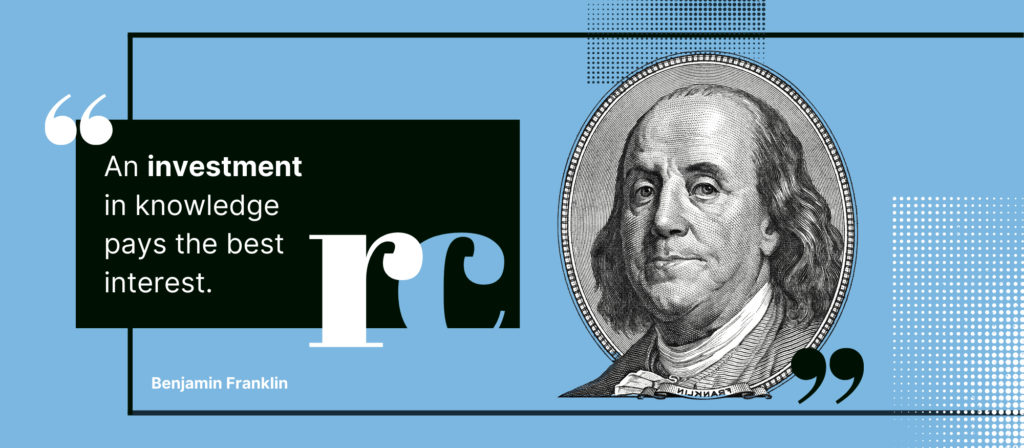Mortgage-Backed Security, or MBS, is an investment comprised of several real estate loans bundled up and sold by the banks that issue them. To fully understand mortgage-backed securities, you must first understand what asset-backed security is.
What is Asset-Backed Security?
A security is an investment made with the expectation of profits through the efforts of others e.g bonds, stocks, futures, etc. An asset-backed security is a security that is backed by one or more assets i.e. assets serve as collateral for that security. Note that collaterals are usually in place to avoid or mitigate loss on the part of the lender. The issuer of asset-backed security bundles up several loans like student loans, auto loans, etc and sells them to investors. This reduces the risk the issuer undertakes and frees up cash to make other investments or acquire more assets.
What is an MBS?
In a similar light, mortgage-backed security is comprised solely of mortgage loans bundle up and sold to investors. It is usually offered by a bank. This investment involves investors buying the rights to debt.
How Does it Work?
Imagine you took a loan of $320,000 from the bank to buy a house. The bank would give you the loan (principal) at an interest rate which you would pay in bits usually over a long period. This is where the deal ends for you, but for the bank, something else goes on.
Banks make money through loans, but these loans also tie up cash that they need to keep giving out loans. The repayment period for a mortgage loan of $320,000 can last up to 20 years. This means their money would be tied down for 20 years. If they give this type of loan to enough people, they could end up having a huge liquidity problem, and a lot of debt on their balance sheet.
So, instead of waiting 20 years, during which anything can happen, the bank takes these loans, plus the interest on them categorizes them according to the level of risk and sells them as a single bundle to investment banks, usually at a slightly higher fee.
These investment banks don’t usually sell loans directly to people, they usually go through another financial entity that sells the rights to earn from those loans—much like shares—to the public or a pool of investors. The sales of the shares are done at a slight markup. Now everyone in this chain makes a profit. These investors are buying into your debt—yours and a hundred others—with your collective houses as collateral.
This reduces the financial risk the bank takes on by spreading it across more than one investor. It also creates the cash flow the bank needs to give out more loans and make more profits, and it removes the debt from their balance sheet. When this is done, the bank stands as a middleman between the investment bank and you.
All this goes on in the background and it does not affect you negatively, provided you service your loans on time. However, if you are an investor interested in this opportunity, then consider looking into residential mortgage backed securities in Australia.
Types of MBS
There are two types of mortgage-backed securities.
Pass-Through
The more common of the two, the pass-through, is a derivate that allows investors to buy a portion of the bundle of loans like shares. The profits earned on the MBS is collected by the intermediary institution and passed through to the investors according to the portions bought. Its principle is similar to profits earned from stocks.
Collateralized Mortgage Obligations
This is a derivative that is created to cater to different classes of investors. The MBS is split into tranches based on the risk involved and sold to different classes of investors. This is usually done to provide opportunities for several classes of investors who want different levels of risks. For example, the securities can be split into three pools of low-risk, medium-risk, and high-risk securities and sold to investors based on how much risk they are willing to take on.








